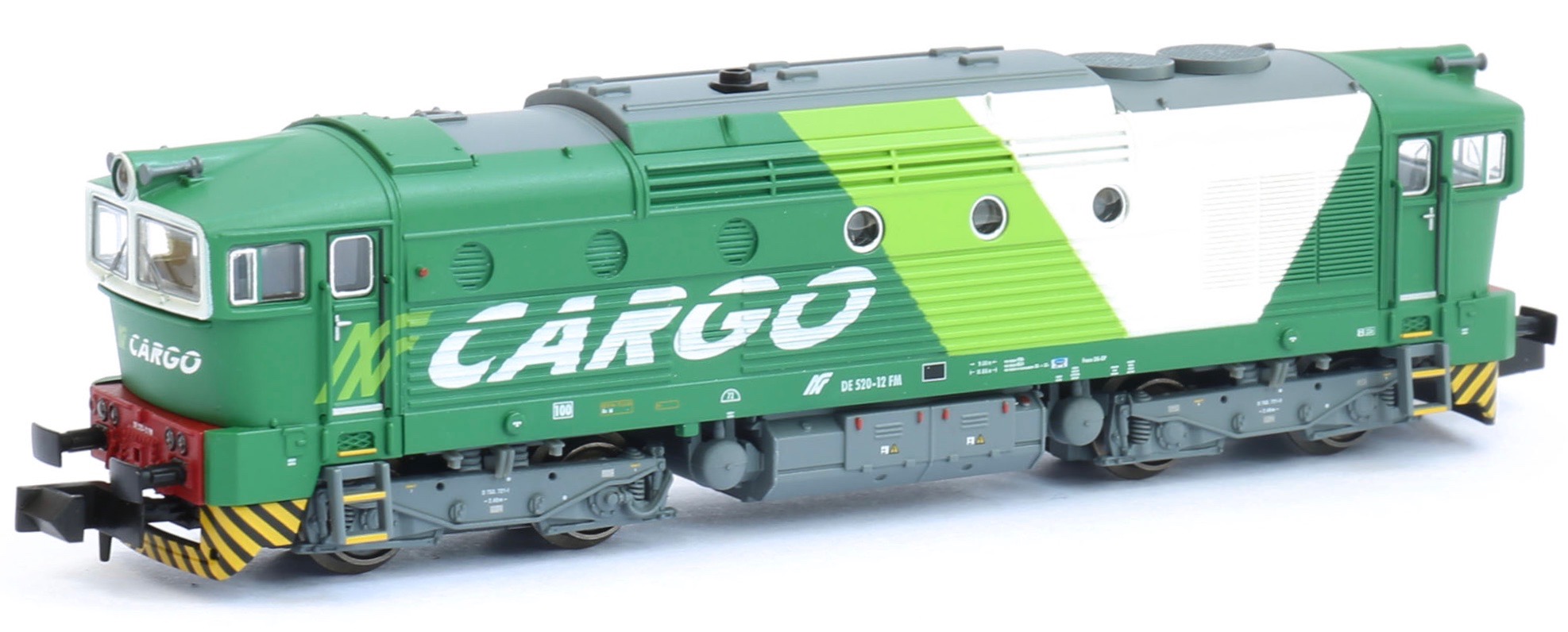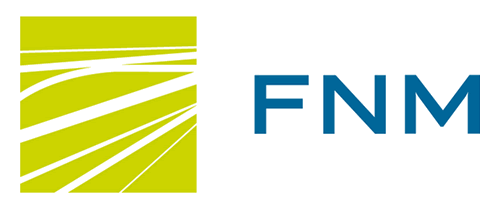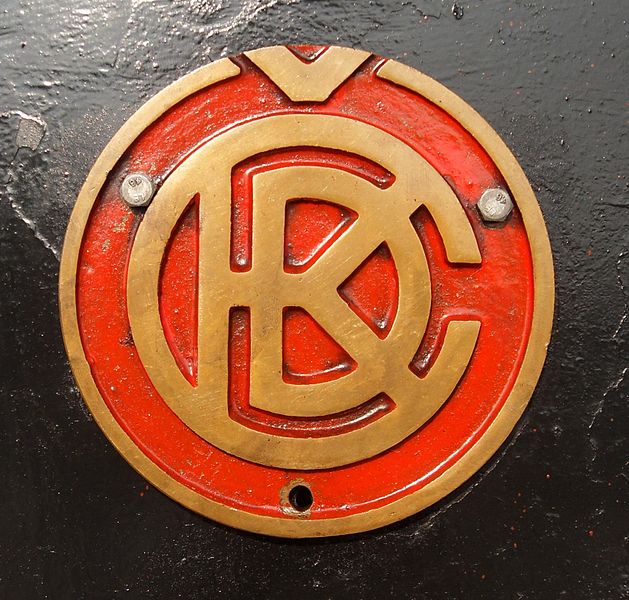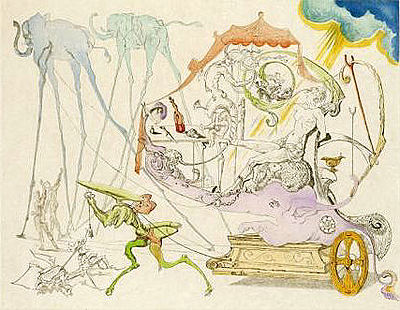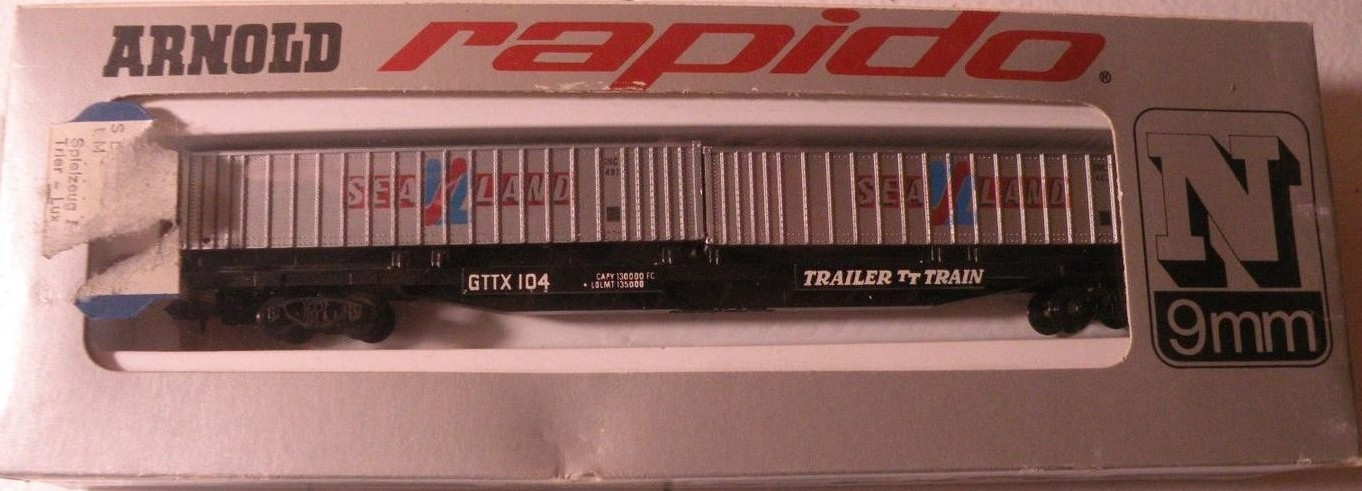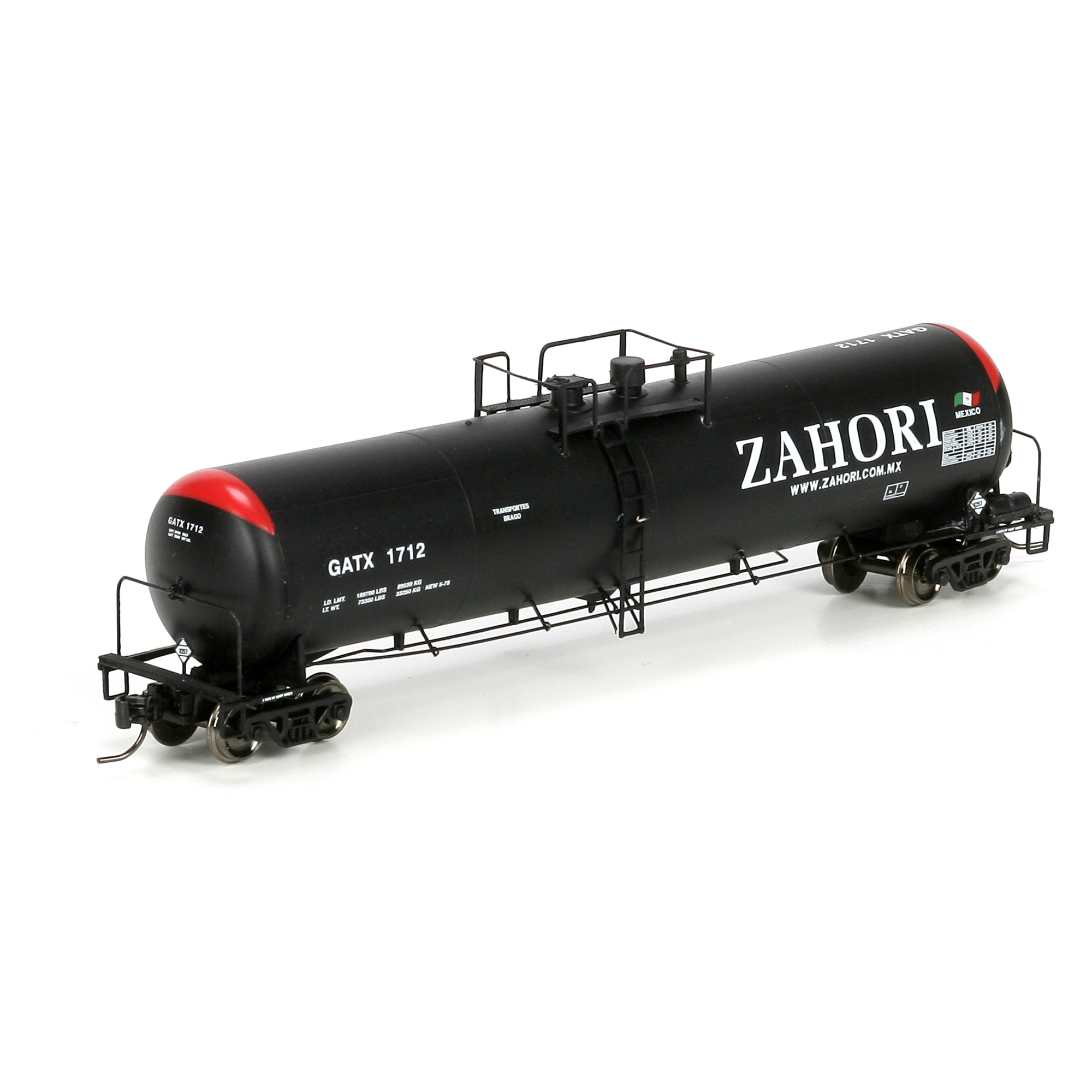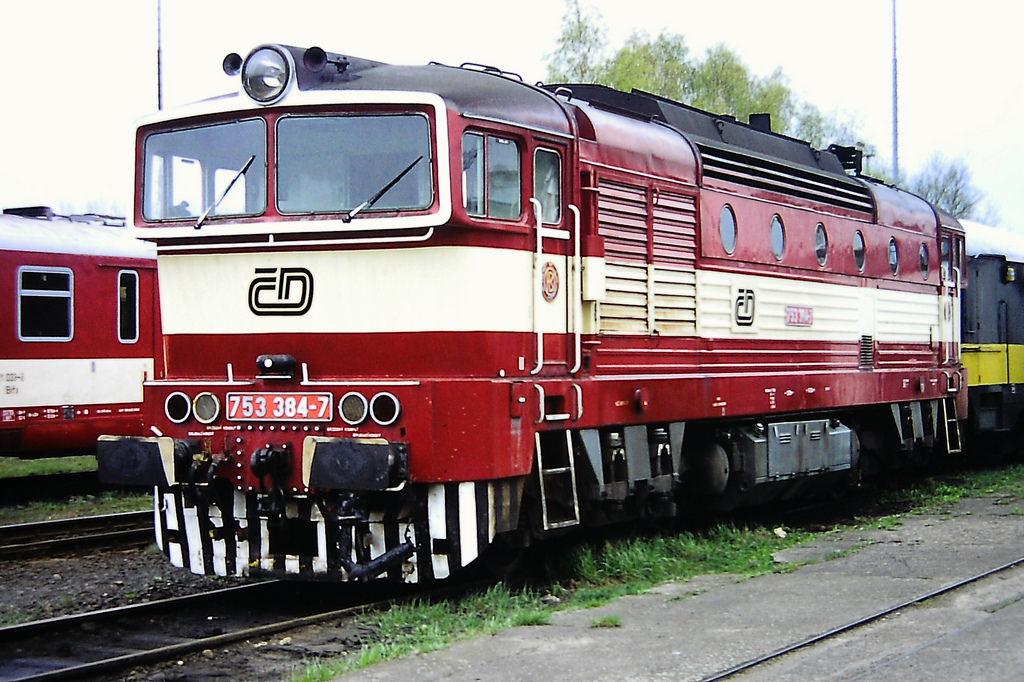Model Information: Model introduced in 2015.
- Frame and body are constructed of die-cast metal.
- Motor with flywheel.
- 4 axles powered.
- Traction tires.
- Warm white LED headlights and Marker lights that change over with the direction of travel and that can be controlled in digital operation.
- Cab lighting that can be controlled in digital operation.
DCC Information: The locomotive has a built-in digital decoder and a sound generator for operation with DCC, Selectrix, and Selectrix 2.
Prototype History: The ČSD class 753 (nicknamed Brejlovec or Diving Googles) is a 1985 hp (1460kW) four-axle BóBó diesel-electric locomotive, initially designated as class T 478.3, built by ČKD Prague workshops for the Czechoslovak State Railways ČSD, between 1968 and 1977. A total of 408 units were built; it became one of the largest class of locomotives built in the country.
More than 150 locomotives of class 753 have been modified in the 1990s to class 750 by the introduction of an electric heating alternator; the output power was increased from 1325 kW to 1460kW, with equal traction power. Several dozens of these upgraded locomotives are still in operation in freight transport at ČD Cargo and other operators.
The ČSD class 754, initially designated as class T 478.4, is an improved version of class T 478.3, designed especially for passenger and express transport. A total of 86 units were built between 1975 and 1980. The first two prototypes produced in 1975 were later re-labeled 750 series (Inv. 409 and 410), and in 2011-12 they were rebuilt to 750.7 (today's 750,711 and 712).
Read more on Standard-Gauge Locomotives In Poland website.
More on Class 753 on this website (in English) and on Wikipedia (in Czech).
More on Class 754 on this website (in English) and on Wikipedia (in Czech).
More than 150 locomotives of class 753 have been modified in the 1990s to class 750 by the introduction of an electric heating alternator; the output power was increased from 1325 kW to 1460kW, with equal traction power. Several dozens of these upgraded locomotives are still in operation in freight transport at ČD Cargo and other operators.
The ČSD class 754, initially designated as class T 478.4, is an improved version of class T 478.3, designed especially for passenger and express transport. A total of 86 units were built between 1975 and 1980. The first two prototypes produced in 1975 were later re-labeled 750 series (Inv. 409 and 410), and in 2011-12 they were rebuilt to 750.7 (today's 750,711 and 712).
Read more on Standard-Gauge Locomotives In Poland website.
More on Class 753 on this website (in English) and on Wikipedia (in Czech).
More on Class 754 on this website (in English) and on Wikipedia (in Czech).
Road Name History: Ferrovie Nord Milano (FNM S.p.A.) is an Italian public transport company: the second largest railway company in Italy. It operates primarily in the northern Italian regions of Lombardy and Piedmont and in Canton Ticino in southern Switzerland. Listed on the Borsa Italiana, its main shareholders are the Lombardy Region (57.57%), Ferrovie dello Stato (14.5%) and Aurelia S.p.A. (3%).
Brand/Importer Information: Trix is a German company that originally made Trix metal construction sets. one of its co-founders was Stephan Bing, the son of the pioneer toy-maker industrialist Ignaz Bing. In 1935 the company began producing the electrically powered model trains that it became famous for, under the Trix Express label. Prior to the outbreak of World War II the Trix company produced a small range of fairly unrealistic AC powered three rail models running at 14 volts.
N gauge models under the Minitrix brand were made from the late 1960s mostly of European prototypes (German and British primarily). North American prototypes were also manufactured and marketed under the Aurora "Postage Stamp" brand; later these items were sold under the American Tortoise, Model Power and Con-Cor brands. Trix sometimes utilized North American consultants to aid in the design of this portion of the product line. The "Hornby Minitrix' brand was used in the 1980s for a short lived range of British outline models using the earlier product tooling.
Trix's owner in the 1980s and 1990s was Mangold, which went bankrupt in the late 1990s and Märklin purchased the assets in January 1997. In part, this purchase was a reflection of Märklin's need for added production capacity; Trix had been manufacturing certain items for Märklin in previous years. The purchase was also in response to the earlier purchase of the Karl Arnold company by the Italian company Rivarossi; Märklin were very keen to take over Trix market share in 2-rail H0 and especially Minitrix, until then Märklin had not marketed N gauge models. In 2003, Märklin introduced its first N gauge models under the well established Minitrix brand. A number Märklin H0 scale three-rail AC locomotives have also been introduced in two-rail DC versions under the Trix logo and many models are shared between the two brands.
From Wikipedia
N gauge models under the Minitrix brand were made from the late 1960s mostly of European prototypes (German and British primarily). North American prototypes were also manufactured and marketed under the Aurora "Postage Stamp" brand; later these items were sold under the American Tortoise, Model Power and Con-Cor brands. Trix sometimes utilized North American consultants to aid in the design of this portion of the product line. The "Hornby Minitrix' brand was used in the 1980s for a short lived range of British outline models using the earlier product tooling.
Trix's owner in the 1980s and 1990s was Mangold, which went bankrupt in the late 1990s and Märklin purchased the assets in January 1997. In part, this purchase was a reflection of Märklin's need for added production capacity; Trix had been manufacturing certain items for Märklin in previous years. The purchase was also in response to the earlier purchase of the Karl Arnold company by the Italian company Rivarossi; Märklin were very keen to take over Trix market share in 2-rail H0 and especially Minitrix, until then Märklin had not marketed N gauge models. In 2003, Märklin introduced its first N gauge models under the well established Minitrix brand. A number Märklin H0 scale three-rail AC locomotives have also been introduced in two-rail DC versions under the Trix logo and many models are shared between the two brands.
From Wikipedia
Item created by: Alain LM on 2018-12-20 15:37:11. Last edited by CNW400 on 2020-08-10 12:26:49
If you see errors or missing data in this entry, please feel free to log in and edit it. Anyone with a Gmail account can log in instantly.
If you see errors or missing data in this entry, please feel free to log in and edit it. Anyone with a Gmail account can log in instantly.


